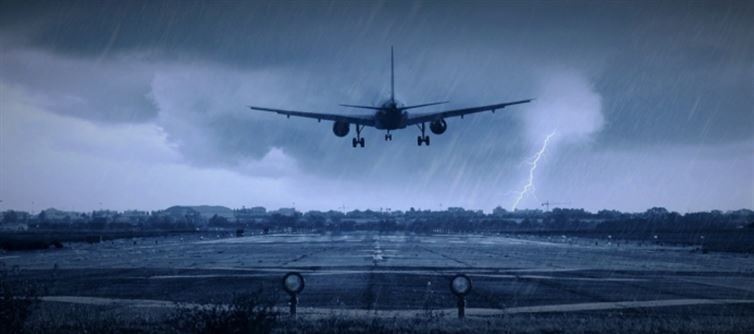
They look harmless from the ground — a sleek commercial aircraft gliding through clouds. But what if I told you that plane is almost certainly empty, consuming thousands of gallons of fuel and emitting massive amounts of carbon dioxide — all for no passengers at all? These are “ghost flights,” and they’re still haunting global skies years after the COVID-19 pandemic. Despite climate warnings, slot rules, and soaring environmental costs, tens of thousands of planes have flown nearly empty, a stark reminder that profit, bureaucracy, and aviation tradition often trump reason and planet-saving logic.
💣 1️⃣ What Are Ghost Flights?
Ghost flights are standard commercial routes flown with few or zero passengers, usually to retain airport slots for future operations. The infamous “use-it-or-lose-it” rule forces airlines to operate at least 80% of scheduled slots, or risk losing them. Even when pandemic rules suspended slot obligations, many airlines continued flying near-empty planes. These flights are not anomalies — they are baked into the aviation system itself, turning empty planes into a predictable, polluting routine.
💣 2️⃣ The Scale of the Nightmare
According to the UK Civil Aviation Authority, over 5,000 fully empty flights took off or landed in the UK since 2019. Another 35,000 flew with fewer than 10% of seats filled, totaling almost 40,000 ghost flights in three years. Major airports like Heathrow, Manchester, Birmingham, Luton, and Bristol reported the highest numbers, with Heathrow alone recording more than 600 near-empty flights in a single quarter to and from the U.S.
💣 3️⃣ Environmental horror in Plain Sight
Every ghost flight burns thousands of gallons of fuel, spewing roughly half a ton of CO₂ per empty seat into the atmosphere. air travel already contributes at least 2.5% of global carbon emissions, but ghost flights are an absurd multiplier — full emissions with zero human benefit. Tim Johnson of the Aviation Environment Federation bluntly calls this a demonstration of “how inefficient and polluting practices persist in the face of the climate crisis.”
💣 4️⃣ Airlines’ Excuses
airlines argue these flights are operationally necessary — to position aircraft, prepare crews, or transport essential cargo like PPE. Heathrow noted that some low-passenger flights were repurposed to carry medical supplies. But critics point out that these explanations cannot justify tens of thousands of flights with almost no passengers over three years, especially given the scale of environmental damage.
💣 5️⃣ Ghost Flights in a Warming World
The pandemic may be behind us, but the ghosts remain. With tens of thousands of flights taking off half-empty every year, the aviation industry continues to burn fuel for bureaucracy and slot retention, ignoring the climate emergency. Next time you look up at a plane streaking across the sky, remember: it could be a ghost, empty of passengers, yet full of destruction.
⚔️ FINAL PUNCHLINE
The sky looks beautiful, but it’s hiding a climate crime in plain sight. Ghost flights turn efficiency on its head: empty planes, full emissions, and billions in wasted fuel. Until slot rules are reformed and accountability enforced, the world’s skies will remain haunted — and our planet will continue paying the price.




 click and follow Indiaherald WhatsApp channel
click and follow Indiaherald WhatsApp channel